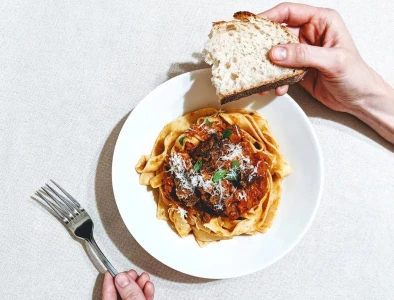
SAARC vs Covid
The Covid emergency response can also help bolster the capacity of existing SAARC platforms
The South Asian Association for Regional Cooperation (SAARC) was in another longish period of hibernation due to the flared rivalry between India and Pakistan, but it seems that the current Covid-19 pandemic has enabled the troubled regional entity to come out of its slumber. It is worth noting how after concerted attempts to bypass SAARC over these past few years, it was India, which has tried to reactivate this South Asian bloc to contend with the rampaging pandemic.
While his approach of dealing with Covid-19 at home has been contentious at best, Prime Minister of India, Narendra Modi, took a novel step of reaching out to his regional counterparts to work out a joint strategy to deal with Covid-19 almost two months ago.
The need for regional cooperation on Covid-19 is certainly important. SAARC countries have seen much lower infection and mortality rates thus far, in comparison with the hardest-hit countries such as the Unites States, Italy, Spain, the United Kingdom, Iran and China. However, this crisis is far from over. Covid-19 infection rates are still climbing, especially in India and Pakistan. The World Bank has recently issued a warning that South Asia could be facing its worst economic performance in 40 years due to the virus.
It was thus encouraging that India took a lead and pledged $10 million toward a SAARC Covid emergency fund. Nepal and Afghanistan followed suit and pledged $1 million each. Maldives and Bhutan also made smaller commitments. Bangladesh gave $1.5 million, whereas Sri Lanka provided $5 million to this fund. Finally, Pakistan has also coughed up $3 million, but much more hesitantly.
Prime Minister Imran Khan did not attend the first Covid meeting chaired by Prime Minister Modi. Pakistan was represented at the meeting by Dr Zafar Mirza, Special Assistant to the Prime Minister on Health. Pakistan then boycotted a video conference of SAARC trade officials which discussed Covid implications, led by India. India did not follow suit, as it participated in a video conference of SAARC health ministers, hosted by Pakistan towards the end of last month.
Some Indian media outlets have tried to portray Pakistan’s hesitation about participating in this initiative merely because it was India’s idea. The Pakistani government has conversely emphasised the need for this initiative to be spearheaded by the SAARC Secretariat instead of India.
It would not be unfair to assert that Prime Minister Modi’s attempt to revive SAARC is probably motivated by less altruistic motives, including the need to counter the increased international apprehension about religious intolerance in India.
Yet, the fact that SAARC as a mechanism has been reactivated is certainly encouraging. SAARC’s Covid fund now has over $21 million for use by its member nations to meet emergency expenses. New Delhi is also putting up an Integrated Disease Surveillance Portal for use by all South Asian nations. Discussions are also underway to create a stand-alone network of health and trade officials for interacting in real time to deal with the pandemic at the regional level.
One hopes that the above efforts can be effectively brought under the purview of the SAARC Secretariat to make them more resilient to the Indo-Pak rivalry. The Covid emergency response can also help bolster the capacity of existing SAARC platforms, such as the Disaster Management Center, to deal with the current health pandemic, and then other emergent concerns, such as water sharing and transborder pollution, which are also pressing challenges for the region as a whole.
Published in The Express Tribune, May 15th, 2020.
Like Opinion & Editorial on Facebook, follow @ETOpEd on Twitter to receive all updates on all our daily pieces.










COMMENTS
Comments are moderated and generally will be posted if they are on-topic and not abusive.
For more information, please see our Comments FAQ